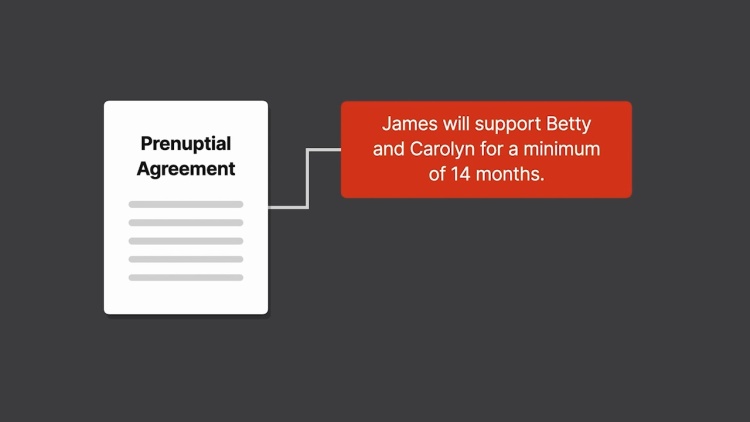Marriage of Dawley
California Supreme Court
551 P.2d 323 (1976)
- Written by Maggy Gregory, JD
Facts
Two teachers, Betty Johnson (defendant) and James Dawley (plaintiff), had an intimate relationship for several years. Betty became pregnant. Because both teachers feared they would otherwise lose their teaching positions as a result of social disapproval, they decided to enter into a temporary marriage. Two days prior to the marriage, with full knowledge and consent, Betty and James signed an antenuptial agreement providing that the property owned by each of them at the time of marriage, and any subsequent earnings during the marriage, remained each person’s separate property and would not be subject to equitable distribution. The agreement further provided that James would support Betty and her daughter for 14 months after the end of their marriage and that James would provide reasonable monthly support until adulthood to any child born within the first 10 months after the end of their marriage. A second daughter, Lisa Dawley, was born a few months later. The 14-month period referenced in the agreement ended in 1965, but the parties did not separate until 1972. James Dawley petitioned for divorce. The trial court upheld the antenuptial agreement and found that there was no community property to distribute. As a result, Betty received alimony of $1 per month and child support of $300 per month for Lisa, and James received all property that was acquired through his income during the marriage. Betty appealed.
Rule of Law
Issue
Holding and Reasoning (Tobriner, J.)
What to do next…
Here's why 899,000 law students have relied on our case briefs:
- Written by law professors and practitioners, not other law students. 47,000 briefs, keyed to 994 casebooks. Top-notch customer support.
- The right amount of information, includes the facts, issues, rule of law, holding and reasoning, and any concurrences and dissents.
- Access in your classes, works on your mobile and tablet. Massive library of related video lessons and high quality multiple-choice questions.
- Easy to use, uniform format for every case brief. Written in plain English, not in legalese. Our briefs summarize and simplify; they don’t just repeat the court’s language.





